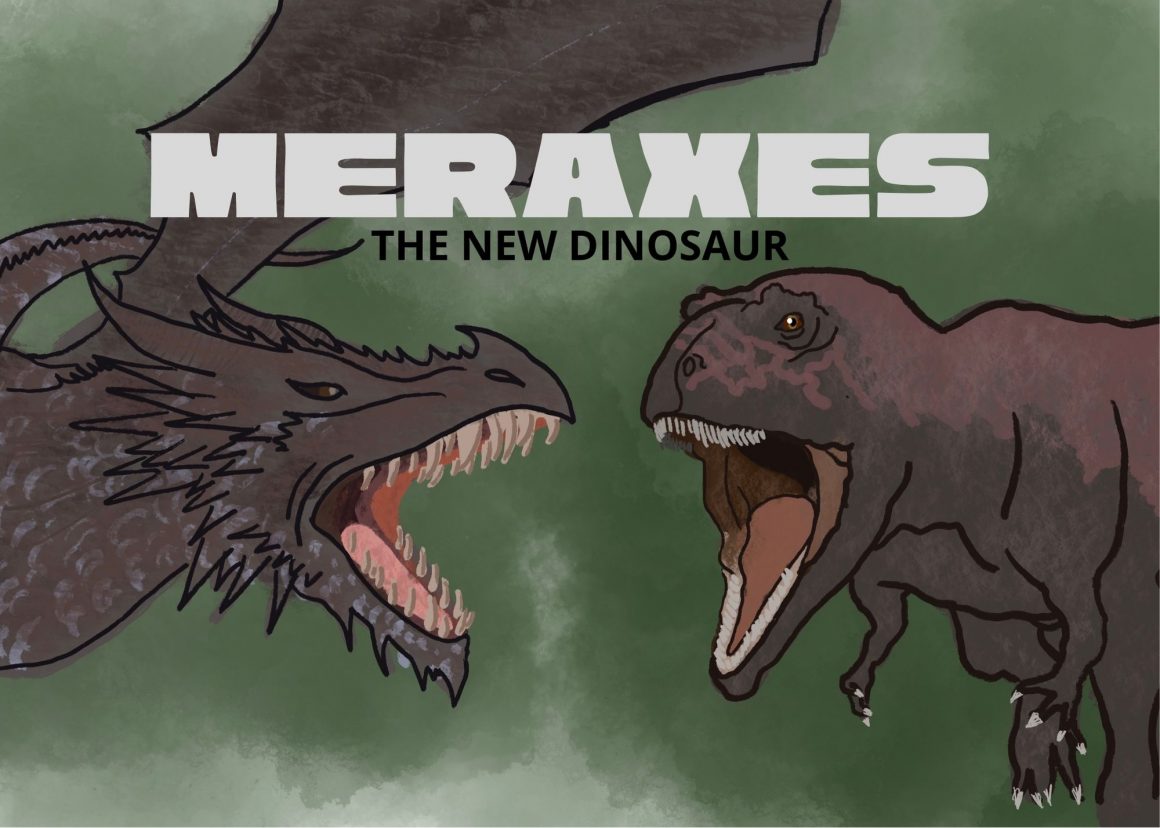
New dinosaur discovered in Argentina
By Sheroog Kubur, August 3 2022—
A new dinosaur named the Meraxes giga has been discovered in Argentina by a team of international scientists. The study was published on Current Biology on July 7.
The dinosaur is said to have lived in the Patagonia region of Argentina during the late Cretaceous period, almost 94 million years ago. Meraxes measures about 11 metres in total, with its skull being 1.2 metres long but the arm length was only half of that.
The name Meraxes is a reference to the popular novel series A Song of Ice and Fire, which was later adapted to the television series Game of Thrones.
Meraxes is part of the carcharodontosaurid family, which are a group of large, carnivorous theropods — or prehistoric meat-eating lizards. The dinosaur bears similarities to the Tyrannosaurus rex with its large head and tiny arms despite having no direct relation to it. In fact, it predates the T. rex by almost 20 million years.
“The neat thing is that we found the body plan is surprisingly similar to tyrannosaurs like Tyrannosaurus rex,” said Peter Makovicky, a paleontologist at the University of Minnesota, to Sci-News. “But, they’re not particularly closely related to Tyrannosaurus rex. They’re from very different branches of the meat-eating dinosaur family tree.”
The existence of a carnivorous dinosaur with a large skull and short arms gives paleontologists clues as to why a predator would evolve like this. Previous research suggested that as the heads of these dinosaurs grew larger, the arms grew shorter.
“Whatever the arms may or may not have been used for, they’re taking on a secondary function since the skull is being optimized to handle larger prey,” said Makovicky.
The skull was noted to have craters, furrows, small horns and bumps that appeared in late developmental stages. Scientists suggest that this was to help in attracting mates. The arms, while not being useful for feeding, likely had other survival advantages, including in mating and hunting.
“I’m convinced that those proportionally tiny arms had some sort of function. The skeleton shows large muscle insertions and fully developed pectoral girdles, so the arm had strong muscles,” said Juan Canale, lead author of the study, to BBC.
Scientists have suggested that the arms were used for support in case of a fall or for reproductive behaviours, such as supporting a mate’s head. However, there is no definitive answer as to what they were used for yet.
This is the most complete carcharodontosaurid skeleton to be found in the southern hemisphere. The site where the skeleton was found in Argentina houses many other bones of other dinosaurs, including large herbivores and other carnivores.
The skull of Meraxes was first discovered in 2012 and the final skeletal remains were found in 2014. Since then, the team has been working to prepare the bones for comparison with other skeletal remains. The work on the site is still ongoing as there are still remaining bones and dinosaur footprints to be analyzed.
